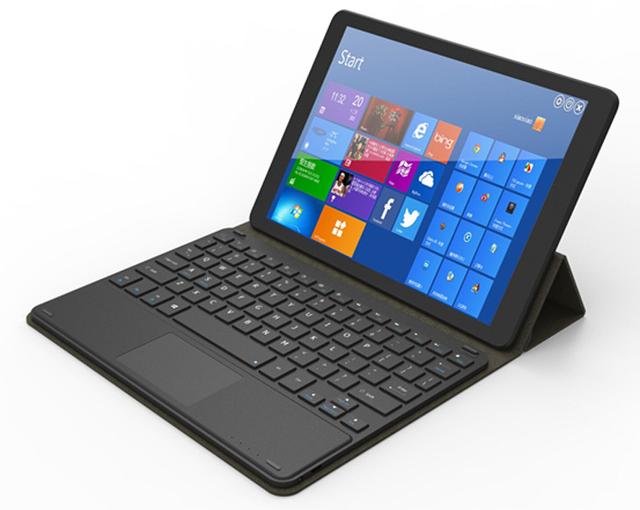Last Updated on September 19, 2024 by Mathew Diekhake
These are the guidelines to root the Teclast X98 PLUS running on the Android 5.1 Lollipop update and Windows 10.
Like you know, the Teclast comes in both the Android operating system and the Windows operating system. You can use this guide for either. Just be aware that you might need a new guide once your Android operating system shift up from Android 5.1. Likewise, if Windows 10 is ever updated to Windows 11, or whatever Microsoft ends up naming it, you might need a new guide then also.

Files You Need
- Download the rooting file for the Teclast X98 PLUS.
- Note that you are voiding the Teclast warranty when you unchain the internal system with root access and give yourself full administrator rights. You can always unroot the Teclast and that warranty should start working again.
Update: The developer took down the files. Check this XDA thread for updates.
Rooting the Teclast X98 PLUS running the Android 5.1 Lollipop update and the Windows 10 update
- Enable the USB Debugging Mode on your device if you run Android by pointing to the Menu > Settings > Developer Options > USB Debugging Mode.
- Unlock the Developer Options menu if you do not see it from the Settings on the Teclast by pointing to the Menu > Settings > About Device > Model Number 7 times.
- Extract the rooting exploit for the Teclast device to the desktop of the computer.
- Double-click on the Root.bat file you get after extracting the original folder on the desktop.
- Connect the Teclast device to the computer with the USB cable you would normally use for charging the battery.
- Agree to update the drivers if you are prompted to do so on the display.
- Complete the instructions you get after running the Root.bat file and you’re done.
In conclusion, that’s how to root the Teclast X98 PLUS device so you can start installing your root applications from the Google Play Store. There are tons of great applications out there for you to choose. Some names you might not already know include the ROM Toolbox, Viper4Android, Tasker, Xposed framework, Ad Away and the NANDroid Manager. The NANDroid Manager is the perfect complement to anyone who installs a custom recovery sometimes in the future.
